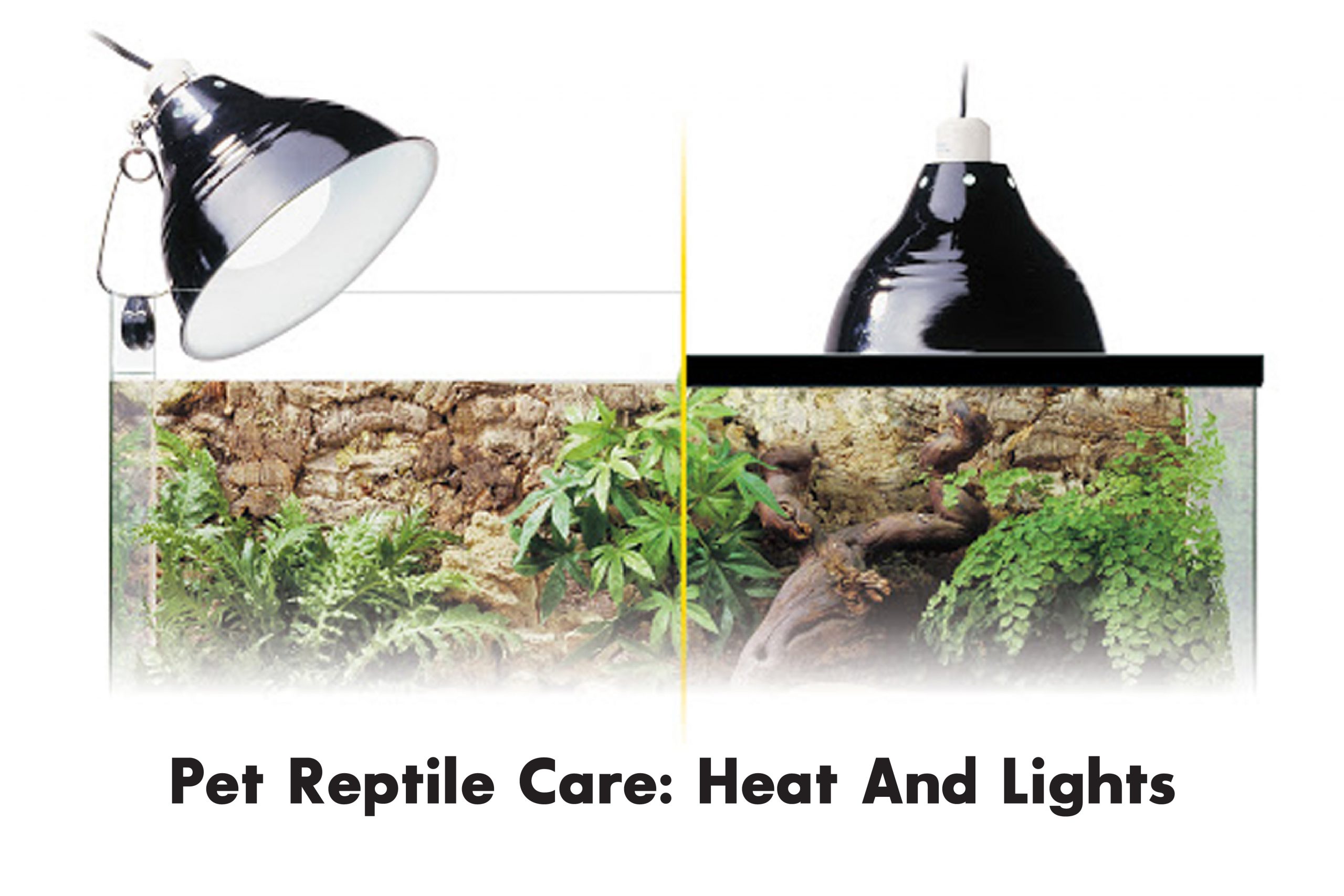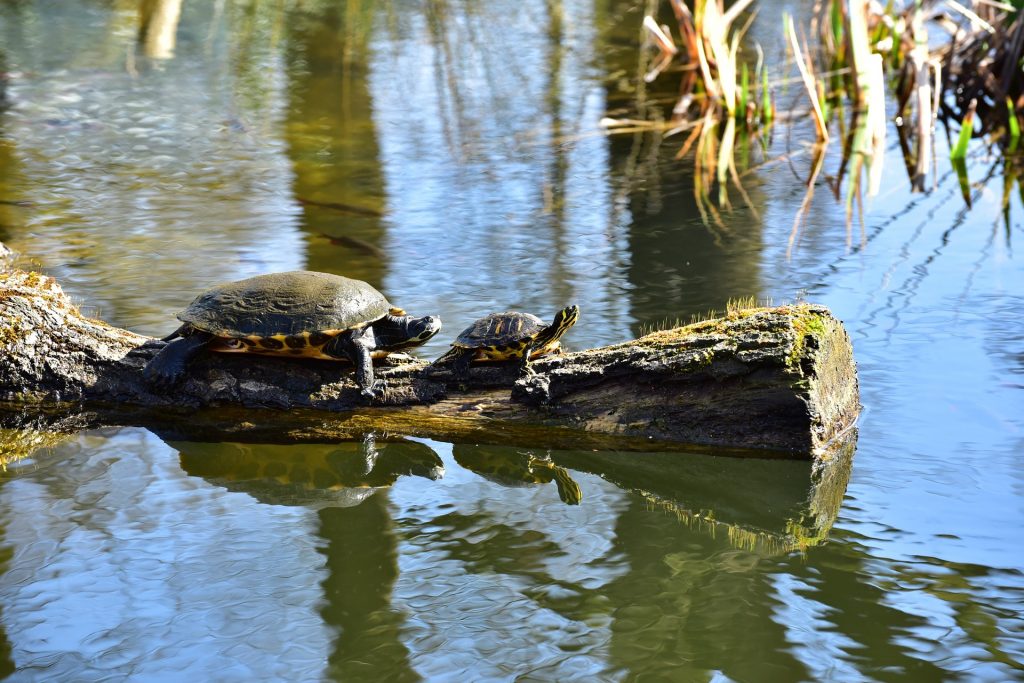Importance Of Heat And Light In Captivity
Reptiles are ectothermic (cold-blooded), which means that they regulate their body temperature with help from external sources. It is therefore important to create a ‘temperature gradient’ in the enclosure through the use of heat fixtures, which enables reptiles to move around to find the temperature that suits them best—something they do instinctually in the wild.
The best orientation for the temperature gradient will depend on the type of vivarium you have. A horizontal gradient works better in a terrestrial vivarium, while a vertical gradient is best in an arboreal one.
The light simulates a day-night cycle in the enclosure. Specific types of lights such as ultraviolet light (UVA/UVB) also help to stimulate behaviours such as feeding and mating and enable the production of vitamin D3 to aid with calcium absorption.
It is essential that heat and light fixtures be placed close together on one end of the vivarium so your reptile may reap the benefits of both while basking. As a general rule, heat and light sources should be kept on for 12 hours a day.
Research Your Pet’s Needs
It is crucial to note your pet’s specific needs as species have different heat and lighting requirements. Here are a few things to consider when selecting proper heat and light:
- Diurnal or nocturnal: Nocturnal (active at night) species require more subdued daytime lighting to simulate circadian rhythm, compared to diurnal (active during the day) species. Also, nocturnal species may not require UVB lighting but if given the option, they will benefit from low levels of UVB.
- Species’ natural habitat: Desert species need higher wattage lighting than rainforest species, which live in mottled sunlight.
- Pet’s enclosure size: A larger enclosure allows for higher heat and light wattage since the animal has a larger area to move around in to find its preferred temperature.
- Distance of heat and light source: The further the distance between the heat source and basking area, the stronger the required wattage to adequately heat basking spots.
Products On The Market
There are bulbs that provide only heat, light, or both. Each type comes in different outputs of heat and light. From incandescent light bulbs to mercury vapour lamps, the right one or combination will depend on your pet’s needs as well as your budget and vivarium size. Heat mats are also viable addition to warming a vivarium.

Exo Terra Night Heat Bulbs for nocturnal reptiles and amphibians
Conclusion
In replicating a reptile’s natural habitat, it is crucial to provide artificial substitutes for heat and light so the animal is able to thrive as it would in the wild.
So as you would with any pet, make sure to thoroughly research your reptile’s species profile and consult a pet care professional or veterinarian for more information on your pet’s specific needs!


